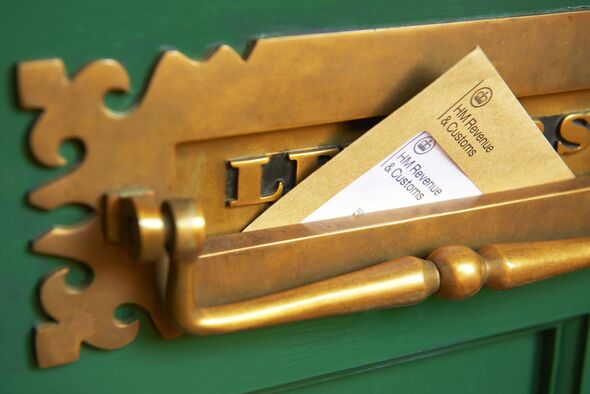The UK Government has announced a potential tax relief for married couples and civil partners, allowing them to increase their tax-free Personal Allowance to £13,830. This development comes amid a prolonged freeze on the Personal Allowance, which has remained at £12,570 and is expected to stay unchanged until 2028. The move aims to mitigate the effects of ‘fiscal drag’ as inflation-driven wage increases push more people into higher tax brackets.
Currently, the Personal Allowance is the amount an individual can earn before they begin paying income tax. For earnings above this threshold, a 20% tax rate applies, escalating to 40% for incomes over £50,270 and 45% for those exceeding £125,000. However, through the Marriage Allowance, eligible couples can benefit from a tax rebate by transferring a portion of the lower-earning partner’s allowance to the higher-earning partner.
Understanding the Marriage Allowance
The Marriage Allowance allows one partner in a marriage or civil partnership to transfer £1,260 of their unused Personal Allowance to their partner, reducing their tax bill by up to £252 annually. This provision is particularly beneficial if one partner earns below the Personal Allowance threshold of £12,570, such as in cases of unemployment or career breaks for childcare.
For the tax year 2024-25, a slight adjustment has been introduced, permitting individuals earning between £11,130 and £12,570 to also transfer their allowance, albeit with a reduced tax-saving impact. The allowance can be backdated for up to four financial years, potentially resulting in a rebate of up to £1,258 when combined with the current year’s claim.
Eligibility and Application Process
To qualify for the Marriage Allowance, one partner must be a non-taxpayer, earning below the £12,570 threshold, while the other must be a basic rate taxpayer with an income between £12,570 and £50,270. The application process involves contacting HMRC, which will adjust the tax code to reflect the transferred allowance.
“Couples can effectively increase their tax-free income to £13,830 by utilizing the Marriage Allowance, thereby easing the financial burden amid rising living costs,” said a spokesperson from HMRC.
The Broader Implications of Fiscal Drag
The stagnation of the Personal Allowance is a significant factor in the phenomenon known as ‘fiscal drag,’ where inflation and wage increases push more individuals into higher tax brackets, increasing their overall tax burden. The Marriage Allowance offers a partial remedy for couples, but many individuals continue to face increased taxation as their earnings rise.
Economists warn that without adjustments to the Personal Allowance, more taxpayers will experience higher effective tax rates, reducing disposable income and potentially impacting consumer spending. This trend underscores the importance of tax relief measures like the Marriage Allowance in providing financial relief to households.
Historical Context and Future Outlook
The concept of the Marriage Allowance was introduced in 2015 as a means to support families and recognize the economic partnership of marriage and civil unions. While the allowance offers some relief, experts argue that broader tax reforms are necessary to address the challenges posed by fiscal drag comprehensively.
Looking ahead, the continuation of the Personal Allowance freeze until 2028 suggests that taxpayers will need to explore available relief options actively. The Marriage Allowance remains a valuable tool for eligible couples, but calls for a reevaluation of tax thresholds and allowances are likely to persist as economic conditions evolve.
As the UK navigates these fiscal challenges, the Marriage Allowance serves as a reminder of the importance of strategic tax planning and the potential benefits of leveraging available reliefs to optimize household finances.
 Global Renewable Energy Gains Momentum Amid Geopolitical Challenges
Global Renewable Energy Gains Momentum Amid Geopolitical Challenges Lifetime ISAs: A Financial Lifeline or a Controversial Trap?
Lifetime ISAs: A Financial Lifeline or a Controversial Trap? Millions of Pensioners Face New Tax Burden Amid Income Threshold Freeze
Millions of Pensioners Face New Tax Burden Amid Income Threshold Freeze Common Bone Conditions Lead to Significant PIP Claims in the UK
Common Bone Conditions Lead to Significant PIP Claims in the UK AUD/USD and ASX 200 Volatility as RBA Rate Decision Looms
AUD/USD and ASX 200 Volatility as RBA Rate Decision Looms